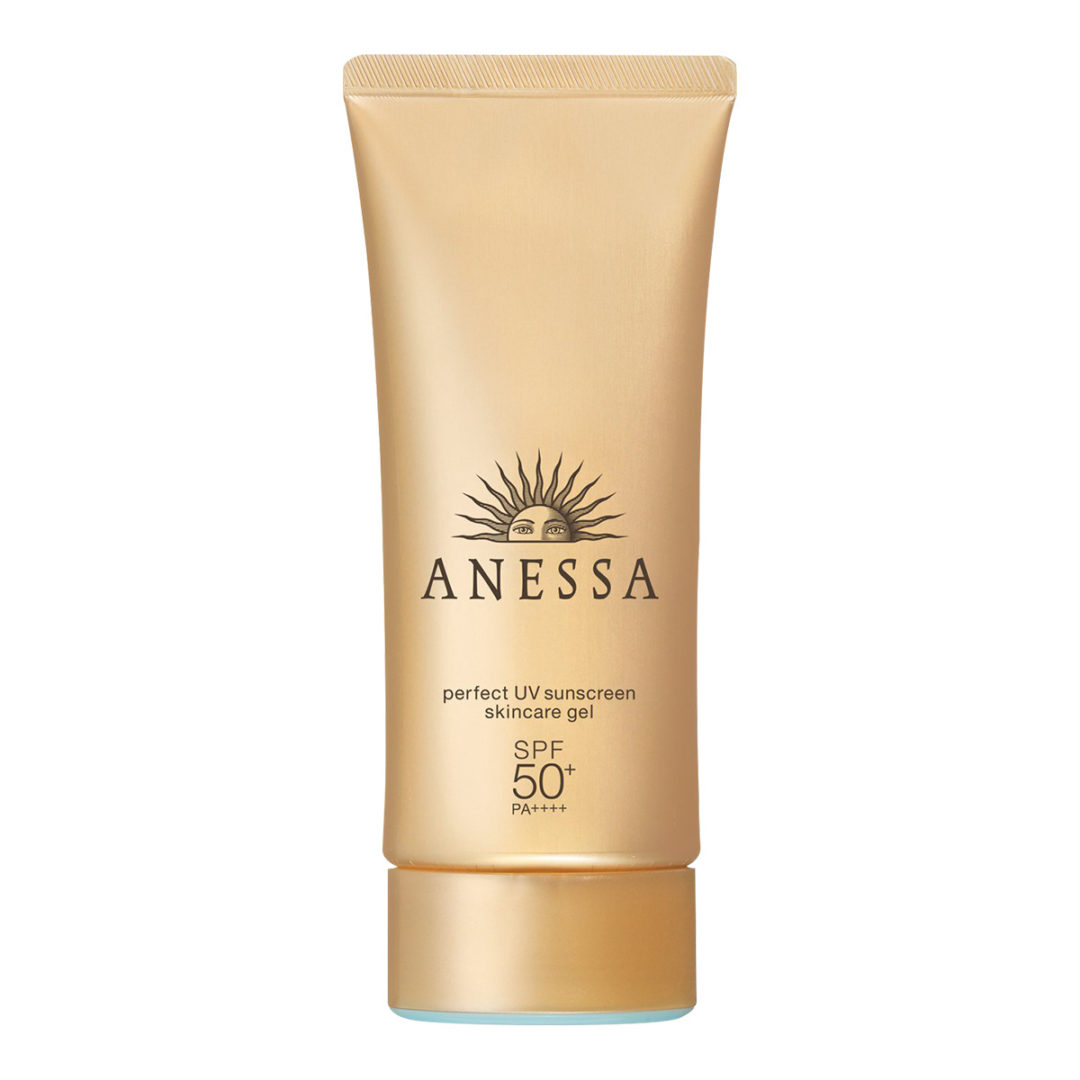

It's definitely one of the best, or probably even the best option out there for sun protection available worldwide.Īnyway, it doesn't matter if it reflects or absorbs, Titanium Dioxide is a pretty awesome sunscreen agent for two main reasons: it gives a nice broad spectrum coverage and it's highly stable.
Anessa sunscreen skin#
This seems to be true even if the skin is damaged, for example, sunburnt.Īll in all, if you've found a Zinc Oxide sunscreen that you are happy to use every single day, that's fantastic and we suggest you stick with it.


But luckily, so far research shows that sunscreen nanoparticles are not absorbed but remain on the surface of the skin or in the uppermost (dead) layer of the skin. We wrote more about nanoparticles and the concerns around them here, but the gist is that if nanoparticles were absorbed into the skin that would be a reason for legitimate health concerns. Still, it's white and disturbing enough to use Zinc Oxide nanoparticles more and more often. Pinnell, it's slightly less white than TiO2. It leaves a disturbing whitish tint on the skin, although, according to a 2000 research paper by Dr. It's also often used to treat skin irritations such as diaper rash.Īs for the disadvantages, Zinc Oxide is also not cosmetically elegant. So much so that Zinc Oxide also counts as a skin protectant and anti-irritant. It's also highly stable and non-irritating. It protects against UVB, UVA II, and UVA I almost uniformly, and is considered to be the broadest range sunscreen available today. The first main difference is that while TiO2 gives a nice broad spectrum protection, Zinc Oxide has an even nicer and even broader spectrum protection. PEG-9 Polydimethylsiloxyethyl Dimethiconeĭiethylamino Hydroxybenzoyl Hexyl Benzoateīis-Ethylhexyloxyphenol Methoxyphenyl Triazine


 0 kommentar(er)
0 kommentar(er)
